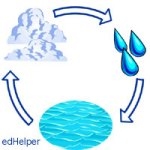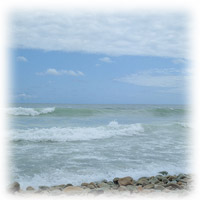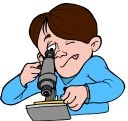
Worksheets and No Prep Teaching Resources
Reading Comprehension Worksheets
Water

Water
 Worksheets and No Prep Teaching Resources Reading Comprehension Worksheets Water |
 Water |
| edHelper's suggested reading level: | high interest, readability grades 4 to 6 | |
| Flesch-Kincaid grade level: | 4.43 |
|
Ocean Motions, Part 1 - Tides and Waves
By Patti Hutchison |

|
 1 The oceans are always moving. The water moves in different ways and different directions. Have you ever visited the ocean? If so, you probably noticed one kind of ocean movement- waves. What are waves, and what causes them?
1 The oceans are always moving. The water moves in different ways and different directions. Have you ever visited the ocean? If so, you probably noticed one kind of ocean movement- waves. What are waves, and what causes them? |
Create Weekly Reading Books
Prepare for an entire week at once! |
| Leave your feedback on Ocean Motions, Part 1 - Tides and Waves (use this link if you found an error in the story) |
 |
Water
|
 |
Special Education Science Materials for Teachers
|
 |
Science
|